Earth Matters: Rewilding is letting nature take the lead
| Published: 03-04-2023 9:48 PM |
In his book “Rewilding North America,” the late conservationist Dave Forman wrote about how in North America, rewilding began with large-scale efforts to reintroduce and restore populations of apex predators such as wolves. It included provisions for the full expanse of their range, wildlife corridors that allow for natural migration patterns, and support for the entire interconnected web that depends on these keystone predators for a healthy ecosystem.
A huge effort of that kind can be politically charged, costly and difficult to manage where human land uses have broken wild spaces into tiny fragments.
Writer and New Yorker editor Dorothy Wickenden captures the essence of the evolution of the concept and practice in her article about work in India, when she says that “Rewilders strive to undo some of the environmental damage inflicted over the centuries by humans — the most invasive species of all.”
Yet, as the human populations increasingly migrate to cities, or natural disasters render places less desirable for human settlement, nature has begun to push back, reopening the opportunity for shared co-existence.
An evolving new science of rewilding is emerging, and its goals are closely aligned with “process-based ecological restoration.” There are several guiding principles:
■ Remove as much of the human impact as possible, without shutting humans out.
■ Give the system a hefty nudge to restore natural processes — for example, through removal of barriers or impermeable materials, or through the introduction of one or more species that serve a specific function in the landscape, such as herbivores that graze on tall grasses and can restore the soil microbiome, or beavers who engineer whole wetland ecosystems and meadow succession cycles.
■ Let nature lead where it may.
Article continues after...
Yesterday's Most Read Articles
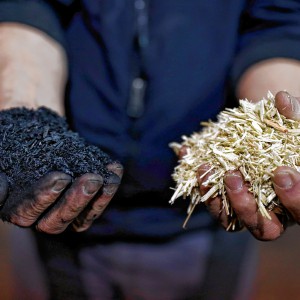 Locking up carbon for good: Easthampton inventor’s CO2 removal system turns biomass into biochar
Locking up carbon for good: Easthampton inventor’s CO2 removal system turns biomass into biochar
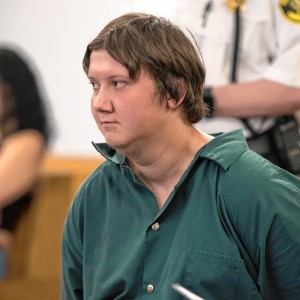 Northampton man will go to trial on first-degree murder charge after plea agreement talks break down
Northampton man will go to trial on first-degree murder charge after plea agreement talks break down
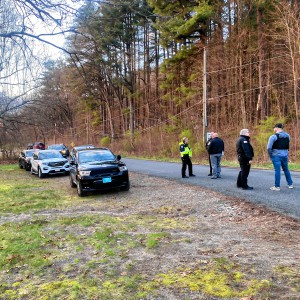 Police report details grisly crime scene in Greenfield
Police report details grisly crime scene in Greenfield
 Area property deed transfers, April 25
Area property deed transfers, April 25
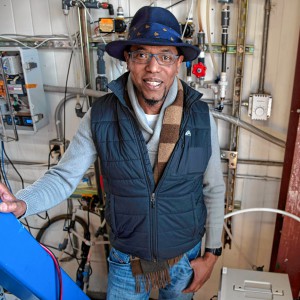 Advancing water treatment: UMass startup Elateq Inc. wins state grant to deploy new technology
Advancing water treatment: UMass startup Elateq Inc. wins state grant to deploy new technology
 Super defers Amherst middle school principal pick to successor; one finalist says decision is retaliation for lawsuit
Super defers Amherst middle school principal pick to successor; one finalist says decision is retaliation for lawsuit
Rewilding captures the imagination. The idea that something that has been tamed, domesticated and declawed could rise up and reclaim its wild, unpredictable nature, and its inextinguishable urge to live and thrive, is thrilling.
In Europe, the term “rewilding” has a longer history. Perhaps a post-colonial wistfulness about how much wildness had been lost on European soil drove the move toward recovery, or perhaps it was the recognition of our shared fate with all wild things that necessitated its restoration.
I viscerally understood rewilding for the first time when I saw the dormant red bog looking back at me with a huge, glassy blue eye rimmed in shocking green. What IS that? How did it get there?
The “eye,” which we later affectionately called “the oasis,” was a large pool in an otherwise very homogeneous cranberry bog, formed from a collapsed section of the farmed surface.
As I think about the eye in the bog, I think about how the farm was built here in the first place. After the retreat of large glaciers from the region some 16,000 years ago, the landscape was pockmarked by lakes, filled depressions created by chunks of ice that were left behind. Some of those kettle lakes filled with peat, and many of those hosted Atlantic white cedar forests until they were cut down for commercial cranberry farming.
Peat is the slow accumulation of dead sphagnum moss in stagnant, oxygen-poor or anoxic waters over time — the bottom of the peat is more than 9,000 years old. Sphagnum moss grows in pillows, creating a fantastical, undulating fuzzy carpet. In order to create a flat surface upon which to grow a monoculture of cranberries, early farmers attempted to level this surface with horses and shovels, filling the uneven parts with peat and sand.
Over nearly 200 years of farming, the sand and cranberry mat at the surface has accumulated into a dense layer on top of the peat.
Peat is like jello. I stood next to an excavator during the wetland restoration here, and felt the disconcerting wiggle of the entire bog surface with every shovel full. Would I fall in and disappear? Would the excavator?
It’s not surprising then that this dense upper layer might collapse into the soft peat, perhaps between buried tree stumps. And it’s true — holes in the farm surface are not uncommon, but most of them were small, less than a meter across.
I take my students to the bog every year to understand its structure and dynamics. At first, we observed the farm that was and the wetland that could be; now we are documenting a rewilding — the emergence of a resilient, self-sustaining wetland, post-restoration.
We measured water chemistry in the “holes”: seeps where groundwater emerges from underground onto the surface. We tried to capture the precise spot where the flow originated, to quantify how much groundwater was coming in.
These are lands that bear the accumulated history of human and geologic transformation, that have not finished evolving. In the future we construct together, wild creatures have a home here, carbon is sequestered in the soil, floods are captured, and people enjoy recreating around the periphery.
In their book “Rewilding: The Radical New Science of Ecological Recovery,” British conservation scientist Paul Jepson and his co-author Cain Blythe note that in order to adapt to social and environmental change, human presence, well-being and participation are essential in a sustainable restoration of our natural world, however flawed, in whatever form that may take.
“Rewilding,” they write, “offers people stories of redemption, reconnection, hope and discovery.”
Christine Hatch is research-extension liaison for the Center for Agriculture, Food and the Environment, and extension associate professor of Water Resources and Climate Change in the Geosciences Department at University of Massachusetts Amherst. She is a leader of the RiverSmart Communities project, supporting ecologically restorative flood prevention and remediation in New England.
Earth Matters has been a project of the Hitchcock Center for the Environment for 14 years. After three years of the pandemic, the center’s doors and trails are once again open at 845 West St. in Amherst. To learn more, visit hitchcockcenter.org.

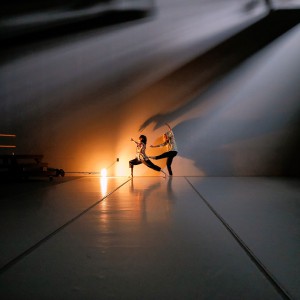 Upon Nancy’s Floor: 33 Hawley event celebrates iconic dancers, history, and a new dance floor
Upon Nancy’s Floor: 33 Hawley event celebrates iconic dancers, history, and a new dance floor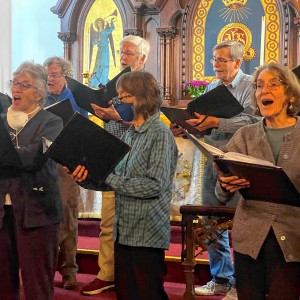 Embracing both new and old: Da Camera Singers celebrates 50 years in the best way they know how
Embracing both new and old: Da Camera Singers celebrates 50 years in the best way they know how Time to celebrate kids and books: Mass Kids Lit Fest offers a wealth of programs in Valley during Children’s Book Week
Time to celebrate kids and books: Mass Kids Lit Fest offers a wealth of programs in Valley during Children’s Book Week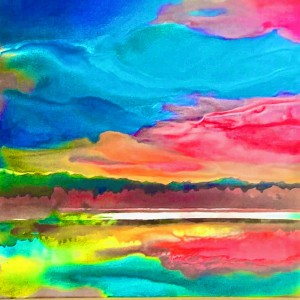 Arts Briefs: A themed exhibit in Northampton, new opportunities for artists in Easthampton, and more
Arts Briefs: A themed exhibit in Northampton, new opportunities for artists in Easthampton, and more
